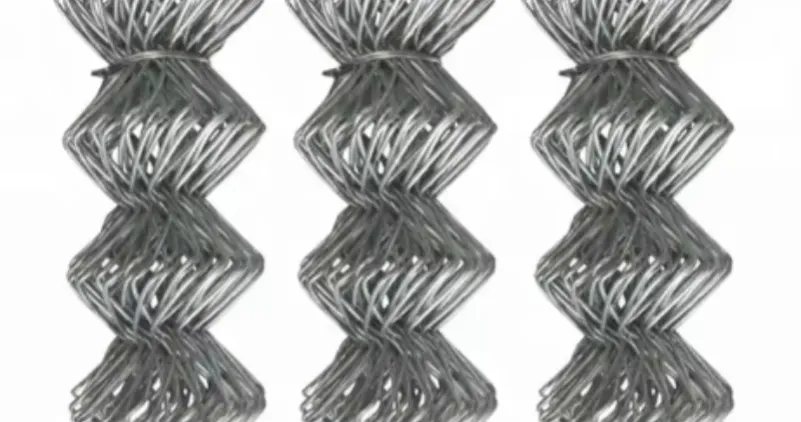-
 Phone:
Phone: -
 Email:
Email:

galvanized baling wire
Galvanized Baling Wire A Comprehensive Overview
Galvanized baling wire is a versatile and essential product in various industries, particularly in recycling, agriculture, and construction. This steel wire is coated with a layer of zinc through the process of galvanization, which enhances its resistance to corrosion, thus ensuring longevity and durability. In this article, we will explore the features, applications, and benefits of galvanized baling wire, along with insights into its manufacturing process.
Features of Galvanized Baling Wire
The primary feature of galvanized baling wire is its strength. Made from high-quality steel, the wire exhibits excellent tensile strength, making it suitable for binding and securing materials efficiently. The galvanization process involves dipping the steel wire in molten zinc, forming a protective layer that prevents rust and corrosion. This coating is crucial for applications exposed to moisture and outdoor conditions, where non-galvanized wires would quickly degrade.
Galvanized baling wire comes in various gauges (thicknesses) and lengths, catering to different user requirements. The flexibility and malleability of the wire allow it to be easily twisted and molded, making it highly effective for bundling items together. Additionally, the wire’s surface finish is smooth, which minimizes the risk of injury during handling.
Applications of Galvanized Baling Wire
One of the most common applications of galvanized baling wire is in the recycling industry, where it is utilized for bundling materials like cardboard, paper, and plastics. Recycling facilities often use baling wire to compress loose materials into manageable bales, facilitating efficient transportation and storage. The strength of galvanized wire ensures that the bales remain intact during handling and shipping.
galvanized baling wire

In agriculture, galvanized baling wire is used for securing hay bales and silage. Farmers rely on its durability to keep their crops protected from pests and the elements. The wire is also beneficial in fencing and supporting plants, providing stability without the risk of compromising plant growth.
Construction sites frequently employ galvanized baling wire to tie and secure rebar, create cages for concrete, or hold various materials together during the building process. Its robustness and weather-resistant properties make it ideal for temporary structures or long-term installations.
Benefits of Galvanized Baling Wire
The primary benefit of using galvanized baling wire lies in its corrosion resistance. By prolonging the lifespan of the wire, businesses can reduce replacement costs and minimize downtime associated with maintenance. Furthermore, galvanized baling wire is environmentally friendly, as its longevity decreases the need for frequent replacements, contributing to reduced waste.
Additionally, the easy handling and versatility of the wire make it a cost-effective choice for a multitude of applications. Its availability in various gauges allows users to select the appropriate thickness for their specific needs, ensuring that they have the right tools for the task at hand.
Conclusion
In summary, galvanized baling wire is an indispensable tool across several industries, offering unmatched strength and durability due to its galvanized coating. Its diverse applications—from recycling and agriculture to construction—highlight its versatility and effectiveness. As industries continue to prioritize sustainability, products like galvanized baling wire provide a practical solution that combines performance with environmental responsibility. For anyone involved in processing, securing, or transporting materials, investing in galvanized baling wire is a decision that enhances operational efficiency and reduces long-term costs. Whether you are a farmer, a recycler, or a contractor, understanding the value of this product can lead to better practices and improved outcomes in your projects.
-
Wire Mesh for Every Need: A Practical SolutionNewsJul.25,2025
-
Steel Fences: Durable, Secure, and Stylish OptionsNewsJul.25,2025
-
Roll Top Fencing: A Smart Solution for Safety and SecurityNewsJul.25,2025
-
Cattle Farm Fencing Solutions for Maximum SecurityNewsJul.25,2025
-
Affordable Iron Binding Wire SolutionsNewsJul.25,2025
-
Affordable Galvanized Wire SolutionsNewsJul.25,2025
-
Wire Hanger Recycling IdeasNewsJul.25,2025








